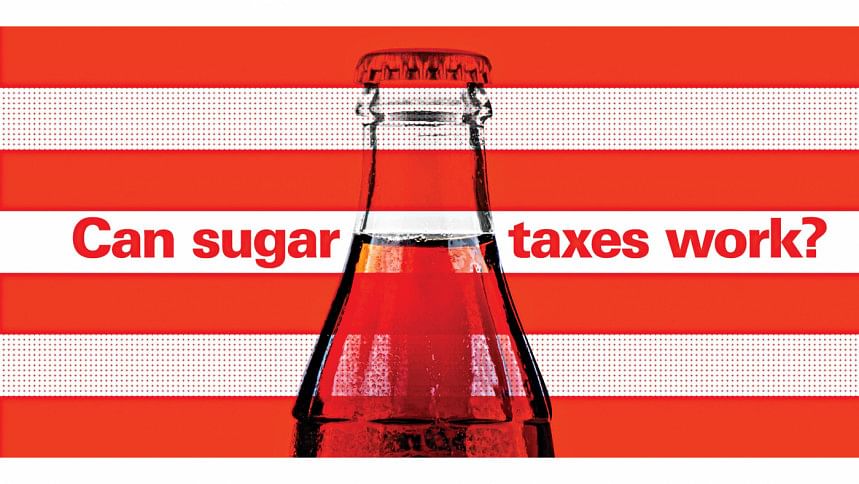United Kingdom (UK) soft drink taxes associated with decreased obesity in girls

Study tracking childhood obesity in England from 2014-2020 found 8% reduction in obesity among 10-11 year old girls coinciding with 2018 soft drinks industry levy.
The implementation of the two-tier soft drinks industry levy in the UK in 2018 was associated with an 8% reduction in obesity among 10-11 year old girls, with the greatest reductions seen in those living in the most deprived areas, according to a new study published on 2023 in open accessed PLOS Medicine by Nina Rogers of University of Cambridge School of Clinical Medicine, UK, and colleagues.
Childhood obesity rates in England have risen in recent decades, with around 10% of 4-5 year old children and 20% of 10-11 year old children living with obesity in 2020. There is strong evidence that consumption of sugar sweetened beverages increases the risk of obesity and other serious diseases. In April 2018, the UK soft drinks industry levy (SDIL) went into effect to incentivise soft drinks makers to reduce the sugar content of drinks.
In the new study, researchers followed students in state-maintained English primary schools, aged 4-5 and 10-11 over time between September 2013 and November 2019. The researchers compared the obesity levels 19 months following the SDIL with predicted obesity levels had the SDIL not happened, controlling for each child's sex and the level of deprivation of their school area.

In 10-11 year old girls, there was an absolute reduction in the obesity rate of 1.6 percentage points. The greatest reductions were seen in girls in the most deprived quintiles (any of five equal groups into which a population can be divided according to the distribution of values of a particular variable), with an absolute reduction of 2.4 percentage points in obesity occurrence in the most deprived quintile.
In 10-11 year old boys, there was no overall change in obesity rates, and no obvious pattern of changes in relation to deprivation, though a 1.6% absolute increase in obesity rate was observed in the least deprived quintile (equivalent to a 10.1% relative increase). In younger children, no overall associations were found between the SDIL and obesity levels.
"Our findings suggest that the UK SDIL led to positive health impacts in the form of reduced obesity levels in girls aged 10-11 years," the authors say. "Further strategies are needed to reduce obesity prevalence in primary school children overall, and particularly in older boys and younger children."

 For all latest news, follow The Daily Star's Google News channel.
For all latest news, follow The Daily Star's Google News channel. 



Comments